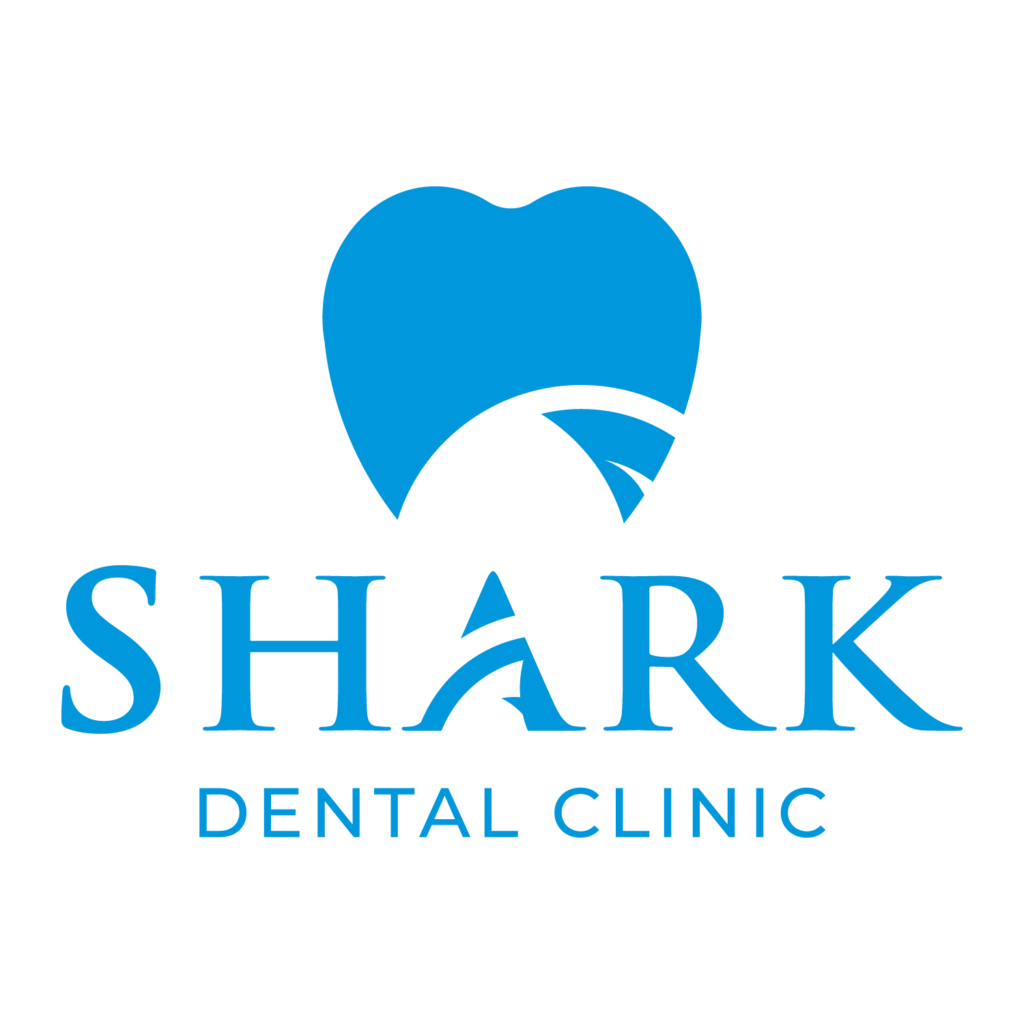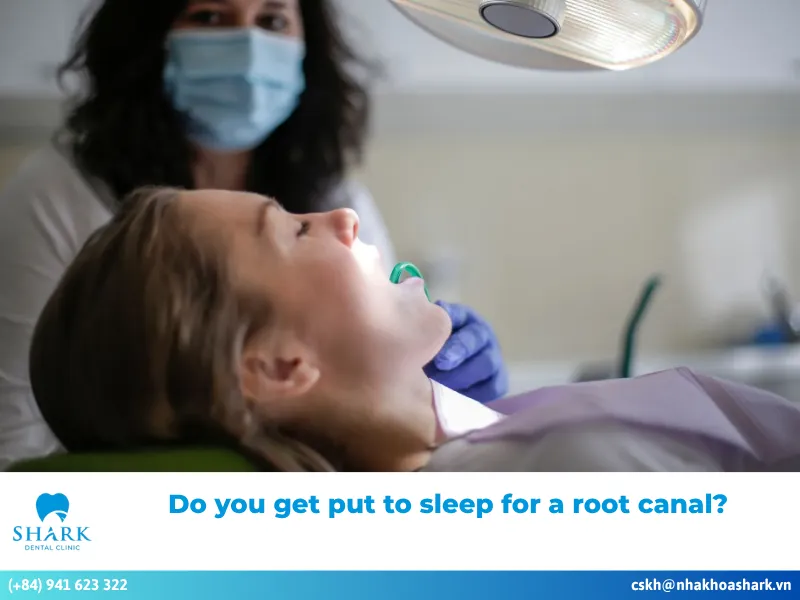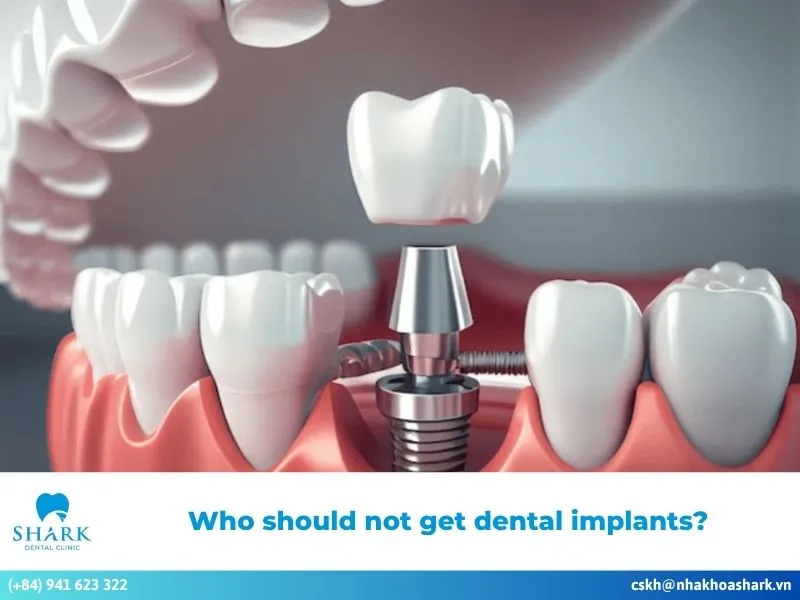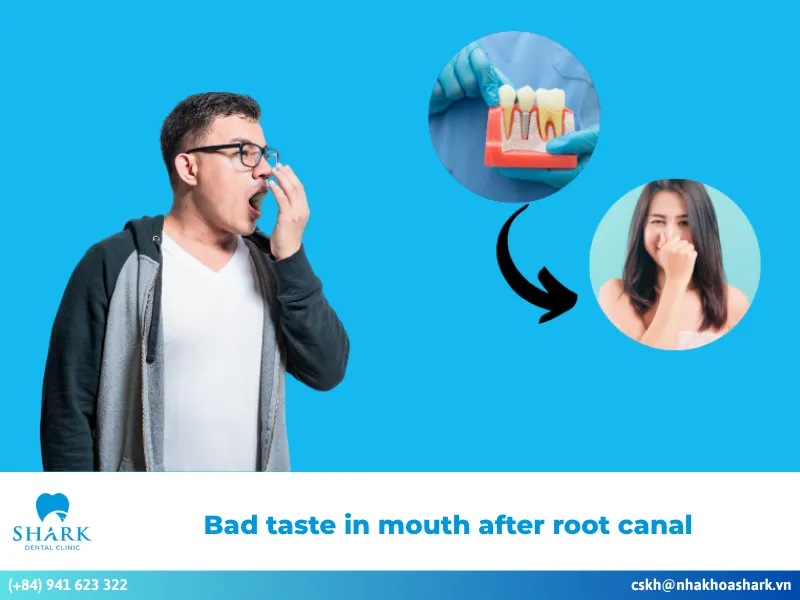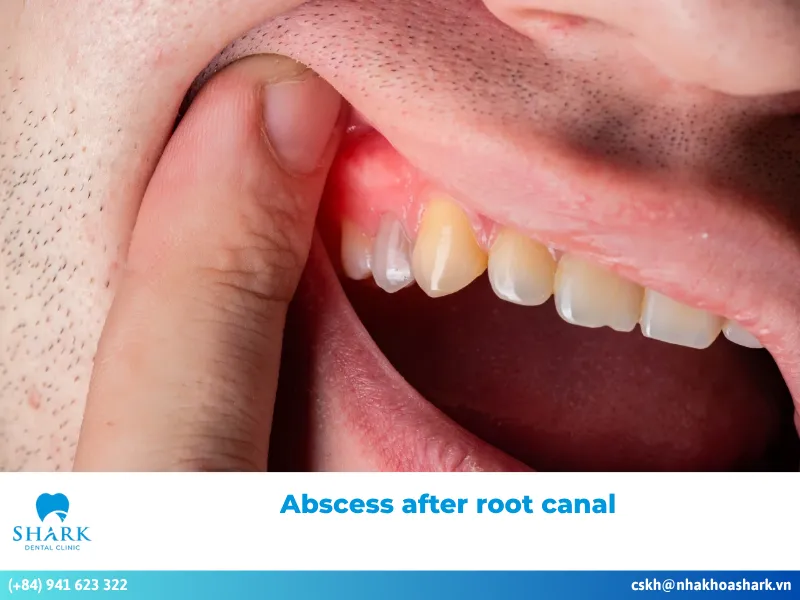Self-ligating braces represent a modern orthodontic technique that improves upon traditional methods, effectively moving teeth into a balanced position and correcting dental issues such as protrusion, underbite, or crowding. In this article, we will explore what self-ligating braces are, how they work, and their cost!
What are self-ligating braces?
Self-ligating braces are an advanced orthodontic method designed to address dental issues and move teeth into a more aligned position. Unlike traditional braces that rely on elastic bands, self-ligating braces use brackets with an automatic sliding mechanism to hold the archwire in place. This design helps overcome limitations like archwire slippage and reduces friction between the brackets and archwire, allowing teeth to move more smoothly and steadily. As a result, patients experience less pain and discomfort.
Additionally, self-ligating braces require fewer follow-up appointments, as the stable archwire contributes to shorter treatment times. This method has gained popularity among patients seeking effective orthodontic solutions.
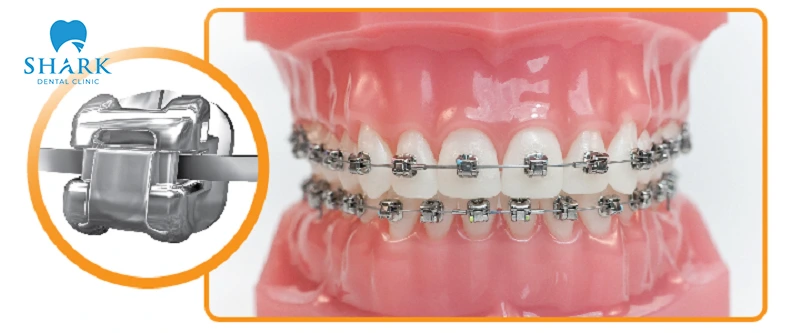
How do self-ligating braces work?
Self-ligating braces utilize a special mechanism that incorporates an automatic opening-and-closing clip. This feature permits the archwire to slide freely within the brackets, significantly reducing friction. Consequently, teeth can gradually shift into their correct positions more gently and steadily, minimizing the intense pain and sensitivity that often accompany traditional metal braces.
Benefits of self-ligating braces
Self-ligating braces are increasingly popular among patients due to their numerous advantages:
- High effectiveness: Self-ligating braces provide precise orthodontic results by aligning teeth into the desired positions. The brackets exert controlled and consistent forces, which optimize tooth movement.
- Applicable for complex cases: This method can be utilized in a wide range of situations, including cases of protrusion, underbites, spacing issues, and crooked or misaligned teeth. It is effective for both simple and complex orthodontic cases.
- Reduced risk of bracket detachment: Unlike traditional braces, where brackets can become loose or detached-potentially affecting the gums and oral cavity – the modern design of self-ligating braces significantly reduces this risk, ensuring a smoother and safer treatment process.
- Easier oral hygiene: The rounded corners of the brackets minimize friction and discomfort, making it easier for patients to clean their teeth during meals and maintain their daily oral hygiene, thus promoting better overall hygiene throughout the treatment.
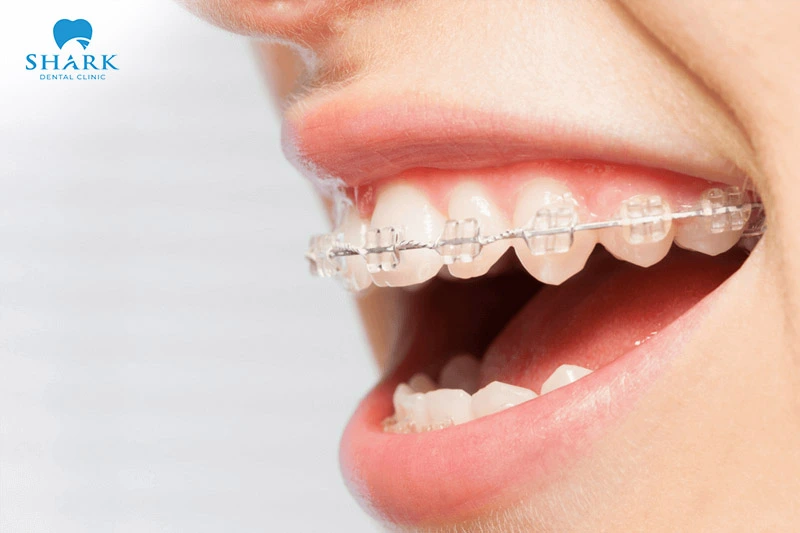
Who should get self-ligating braces?
Self-ligating braces are suitable for patients experiencing the following dental issues:
- Crowded or misaligned teeth.
- Protruding teeth that affect appearance.
- Canine teeth or teeth growing in the wrong direction.
- Uneven teeth structure and incorrect bite alignment.
- Overbites or underbites, where the upper and lower jaws do not align properly, impacting chewing function.
Self-ligating braces vs. traditional braces
Both self-ligating braces and traditional braces serve the same primary purpose: repositioning teeth for balanced alignment. However, they differ in terms of structure, treatment processes, and overall results.
| Criteria | Traditional braces | Self-ligating braces |
| Structure
|
Archwires are held in the bracket slot using braces rubber bands. | Built-in automatic clips allow the archwire to slide freely in the bracket slot, creating stable forces. |
| Aesthetics | Elastic ties are visible, which can reduce aesthetics when speaking or smiling. | More aesthetically pleasing due to a compact clip design and the absence of elastic tie. |
| Treatment Duration | Usually takes 12–24 months, as elastic bands may slip or brackets may detach, leading to uneven force. | Shorter treatment times, typically 12–15 months, since self-closing clips keep the archwire stable and maintain continuous force. |
| Effectiveness | Relatively high, assisting in moving teeth into their proper position. | Higher effectiveness due to even force distribution, allowing orthodontists to better control progress. |
| Comfort & Impact
|
Higher friction between the archwire and brackets often causes soreness, discomfort, or irritation of soft tissues. | Reduced friction thanks to the self-closing design, minimizing pain and limiting damage to gums and oral tissues. |
| Cost | Typically the lowest cost among orthodontic methods. | Generally higher in cost than traditional braces. |
| Oral Hygiene | More difficult to clean, as food easily gets trapped in the elastic bands. | Easier to clean with less food retention, promoting better oral hygiene. |
Cost of self-ligating braces
The cost of self-ligating braces typically ranges from $1,500 to $2,500 for both arches. This price may vary based on the dental clinic, the techniques used, the orthodontist’s expertise, and the specific dental condition of each patient. To determine the exact cost of self-ligating braces for your situation, consult a reputable dental clinic that utilizes safe orthodontic techniques and offers transparent, accurate pricing from qualified dentists.
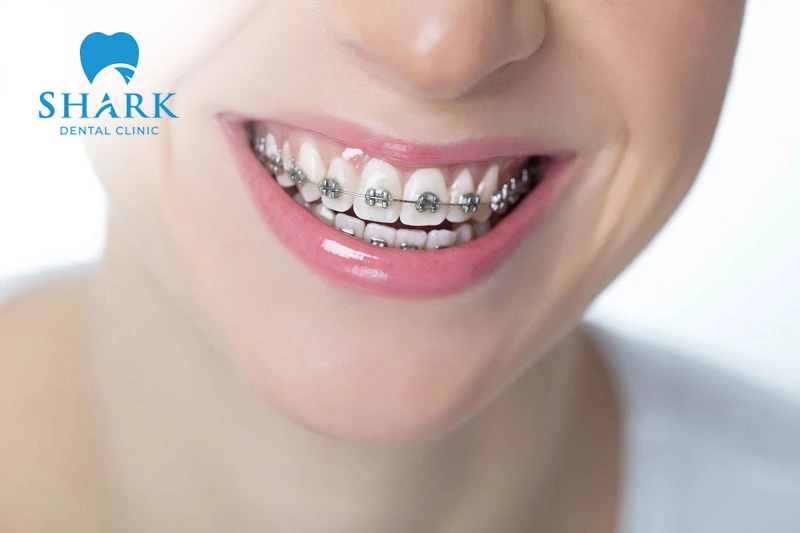
How long does it take for self-ligating braces to work?
In general, self-ligating braces often deliver faster results than traditional braces, with treatment durations usually ranging from 12 to 24 months, which is often 3 to 6 months quicker than conventional methods.
The actual treatment time depends on several factors:
- Severity of dental issues: More severe problems such as overbites, underbites, or significant bite misalignment may take longer to correct.
- Quality of orthodontic appliances: High-quality braces and archwires from reputable clinics can help shorten treatment time.
- Dentist’s expertise: A highly skilled orthodontist will design precise treatment plans for each stage, ensuring safety while reducing overall treatment duration.
Self-ligating braces are regarded as a safe and effective orthodontic solution, trusted by many patients to correct dental imperfections like crowding, overbites, underbites, and misaligned bites. For optimal results, patients should select a reliable and experienced dental clinic. Currently, Shark Dental Clinic is recognized as one of the reputable providers of self-ligating braces, with a team of experienced orthodontists who deliver effective results for both local and international patients.


